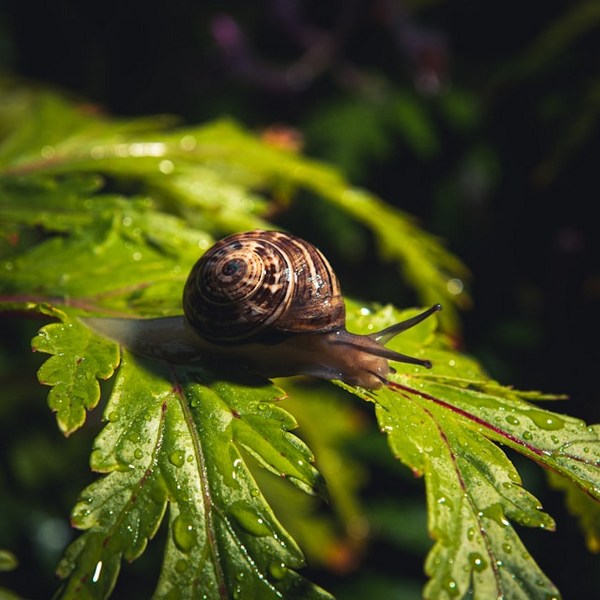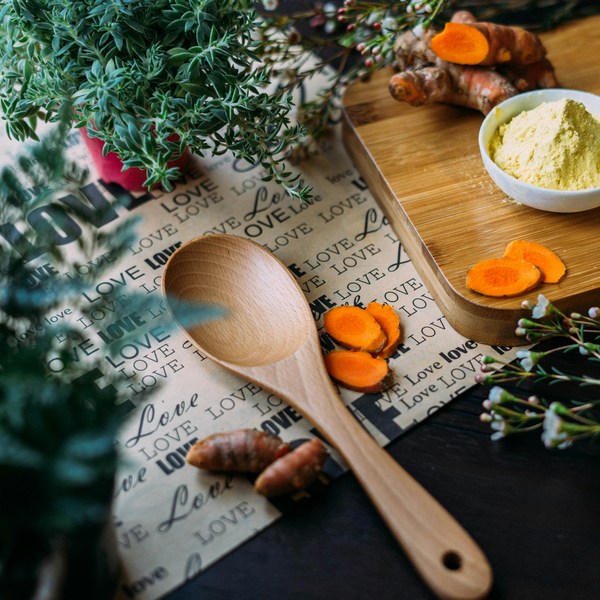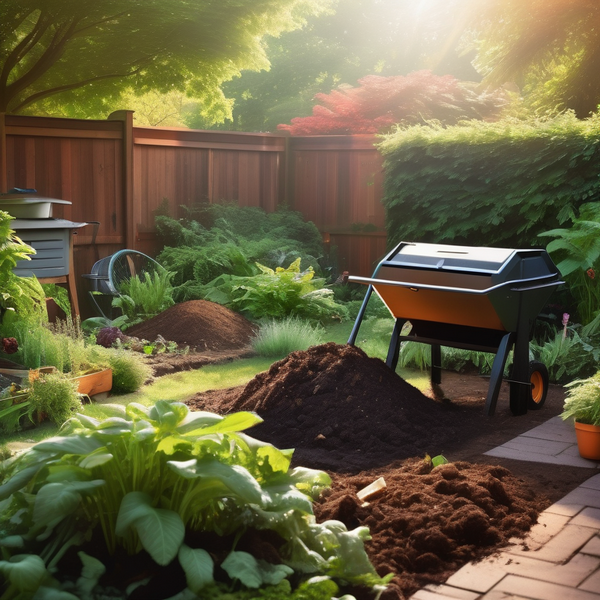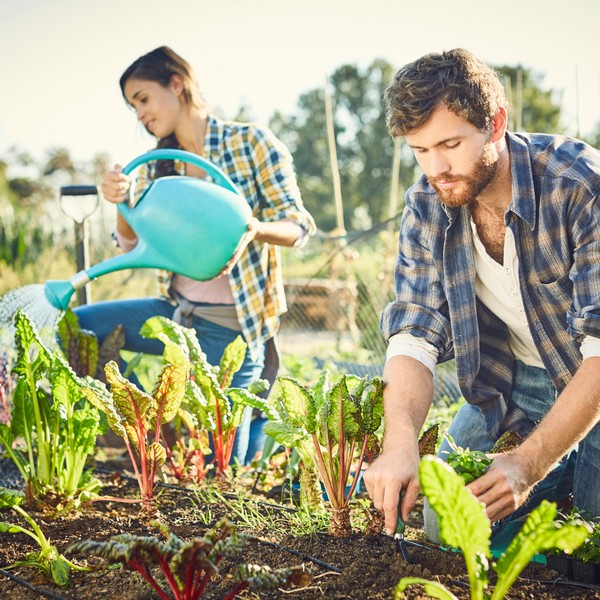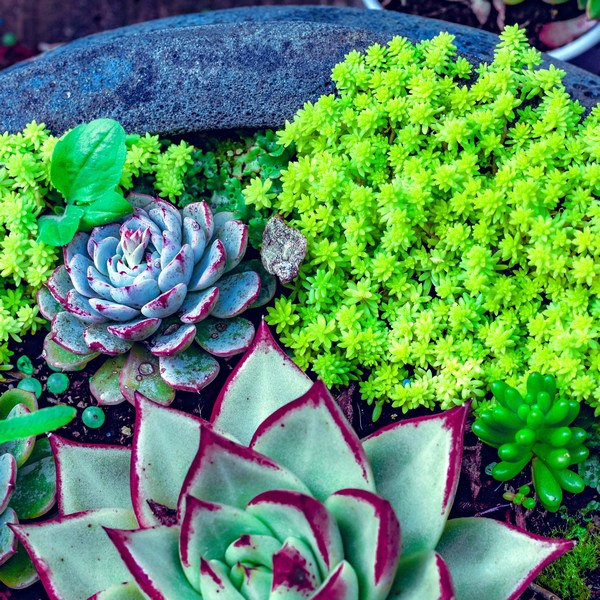Key Takeaways
- Pollinators like butterflies and bees are essential for healthy gardens and ecosystems.
- A pollinator-friendly garden includes a variety of native plants that provide nectar and pollen.
- Providing water sources and shelter encourages pollinators to visit and stay.
- Avoiding pesticides is crucial to maintaining a safe environment for pollinators.
- Simple changes can turn any garden into a thriving habitat for butterflies and bees.
Introduction
Creating a garden that attracts butterflies and bees is not only a beautiful way to enjoy nature, but it also supports these vital pollinators.
Butterflies and bees play a key role in pollinating plants, which helps produce fruits, vegetables, and flowers.
Importance of Pollinators
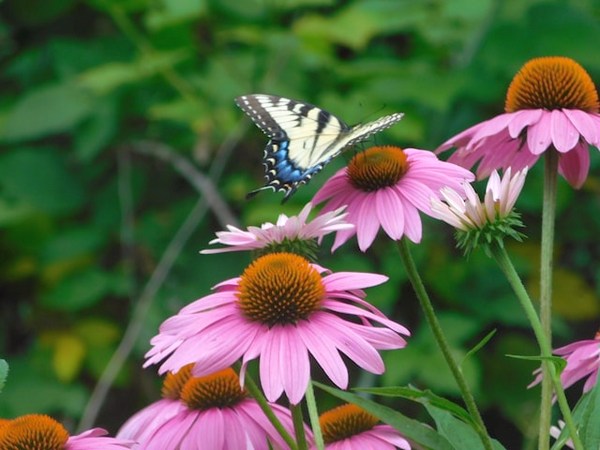
Role of Butterflies and Bees in Pollination
Butterflies and bees are some of the best pollinators out there. As they move from flower to flower, they carry pollen that helps plants reproduce.
This process is essential for producing many of the foods we eat and keeping natural ecosystems healthy.
Impact on Gardens and Ecosystems
A garden buzzing with bees and fluttering with butterflies is not only lively and colorful but also productive.
These pollinators help your flowers bloom brighter and your vegetables grow bigger. They also support local wildlife by promoting plant growth that other animals depend on for food and shelter.
Designing a Pollinator-Friendly Garden
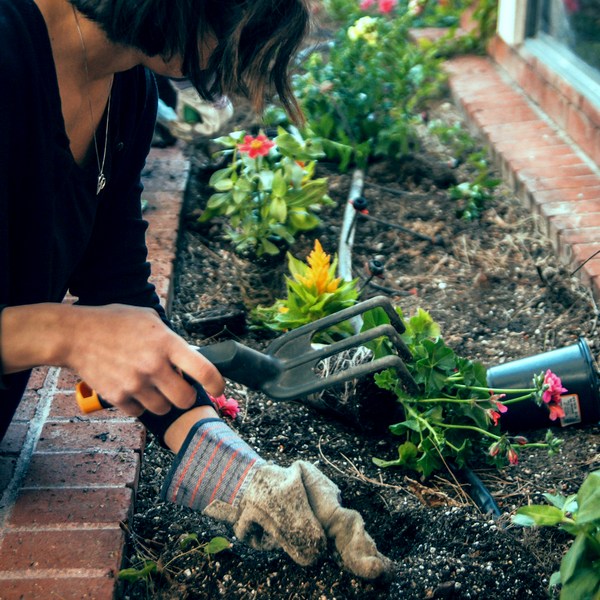
Choosing the Right Plants
Native Plants
The best way to attract pollinators is by planting native plants. Native plants are those that naturally occur in your area and have evolved alongside local butterflies and bees.
They’re well-suited to the local climate and soil, and they provide the right kind of nectar and pollen that local pollinators need.
Nectar and Pollen Sources
Make sure to include a variety of plants that offer nectar and pollen throughout the growing season.
Flowers with simple, open shapes like daisies, coneflowers, and lavender are easier for bees to access. Butterflies are drawn to brightly colored flowers like zinnias, sunflowers, and milkweed.
Creating a Diverse Habitat
Different Bloom Times
To keep your garden buzzing all season long, plant flowers that bloom at different times. This ensures that there’s always something in bloom to feed the pollinators.
Early bloomers like crocuses and late bloomers like asters will help maintain a continuous food supply.
Variety of Plant Types
Incorporate a mix of plant types, including trees, shrubs, perennials, and annuals. This variety creates a more complex and inviting habitat for pollinators.
Small flowering trees like crabapple and dogwood can provide early-season nectar, while herbs like mint and thyme are great for bees.
Providing Water and Shelter
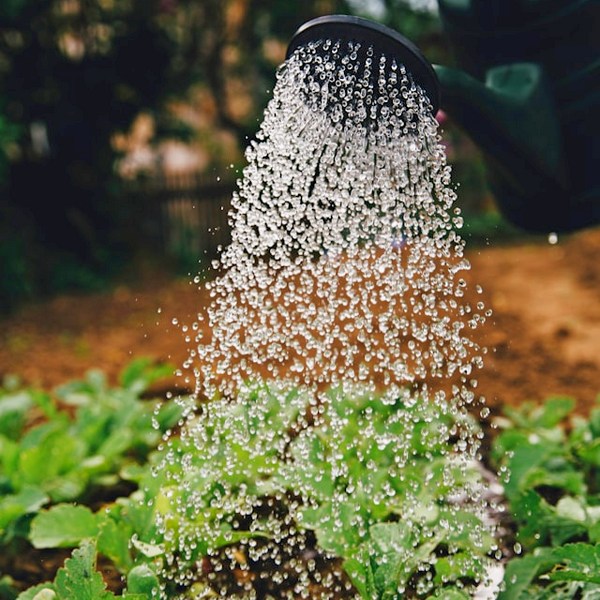
Water Sources
Pollinators need water, too. A shallow dish of water with some stones or pebbles for them to land on is perfect.
You can also create a small mud puddle, which is especially attractive to butterflies looking for minerals.
Creating Safe Shelters
Butterflies and bees need places to rest and take shelter. Leave some areas of your garden a bit wild, with tall grasses or a pile of branches.
You can also add bee houses or create a butterfly habitat by planting host plants where they can lay their eggs.
Avoiding Pesticides
Risks of Pesticides to Pollinators
In many places, the essential service of pollination is at risk from habitat loss, pesticide use, and introduced diseases. Learn what we're doing to help conserve pollinators: https://t.co/tSnWHqwUmr (📸: Xerces Society / Candace Fallon) pic.twitter.com/oexDAx28fh
— The Xerces Society (@xercessociety) December 26, 2018
Pesticides can be harmful or even deadly to pollinators. Even products labeled as organic or safe for gardens can pose risks.
These chemicals can poison bees and butterflies directly or contaminate the plants they feed on.
Natural Alternatives
Instead of pesticides, consider natural pest control methods. Encourage beneficial insects like ladybugs, use companion planting to repel pests, and keep your garden healthy with good soil practices.
Hand-picking pests or using insecticidal soaps made from natural ingredients can also help without harming pollinators.
Simple Tips for Attracting Pollinators
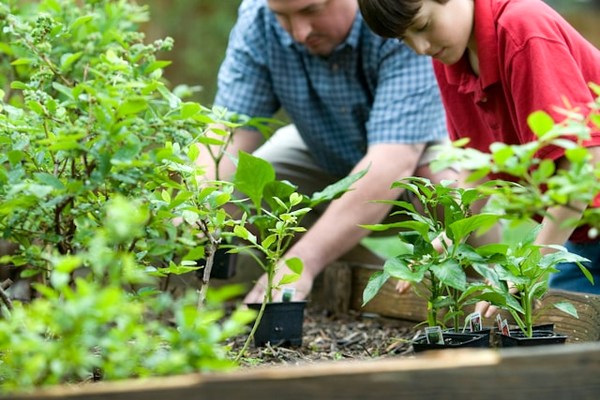
Planting in Clusters
Pollinators are more likely to visit gardens where flowers are grouped together. Planting in clusters makes it easier for them to find food and encourages them to stay longer.
Including Bright Colors
Butterflies and bees are attracted to bright colors, especially blue, purple, yellow, and white. Adding these colors to your garden will make it more appealing to pollinators.
Providing Host Plants for Butterflies
To attract butterflies, it’s important to include host plants where they can lay their eggs. Milkweed is a favorite of monarch butterflies, while parsley and dill are popular with swallowtails.
Conclusion
Attracting butterflies and bees to your garden is both simple and rewarding. By choosing the right plants, providing water and shelter, and avoiding harmful chemicals, you can create a pollinator-friendly garden that will be buzzing with life. Not only will you enjoy the beauty and movement of these amazing creatures, but you’ll also be helping to support the essential role they play in our environment.
FAQs
Why are native plants important for a pollinator-friendly garden?
Native plants are adapted to the local environment and provide the right type of nectar and pollen that local pollinators need.
What types of flowers are best for attracting butterflies and bees?
Flowers with simple, open shapes like daisies and coneflowers are great for bees, while bright flowers like zinnias and milkweed attract butterflies.
How can I provide water for pollinators in my garden?
A shallow dish of water with stones for landing or a small mud puddle can provide the water they need.
Are there any specific plants that cater to butterflies?
Yes, host plants like milkweed for monarchs and parsley for swallowtails are key for attracting butterflies.
What are some natural ways to control pests without harming pollinators?
Use companion planting, encourage beneficial insects, and use natural insecticidal soaps to keep pests in check without harming pollinators.
9 Natural Ways to Repel Snails & Slugs in Your Garden
Key Highlights Coffee grounds, eggshells, and diatomaceous earth are effective natural repellents for snails and slugs in the garden. Beer traps and copper tape can…
Medicinal Plants: Your Healing Home Garden
Key Takeaways Growing medicinal plants at home provides easy access to natural remedies. Many medicinal plants are low-maintenance and thrive in home gardens. Common medicinal…
Quick Start Guide to Composting: Turning Waste into Gold
Key Highlights Composting transforms organic waste into nutrient-rich soil, reducing landfill waste and methane emissions. It enhances soil health, promotes plant growth, and cuts the…
7 Physical Benefits of Gardening: Green Thumb, Healthy Heart
Key Highlights Gardening activities such as landscaping, planting, and maintaining plants can help reduce blood pressure and improve cardiovascular health. Regular gardening can help build…
Organic Gardening: Essential Tips for a Chemical-Free Garden
Key Highlights Natural Techniques: Use composting, companion planting, and beneficial insects for fertility and pest control. Organic Methods: Grow plants without synthetic fertilizers or pesticides,…
Xeriscaping 101: Easy Steps for Beginners
Key Takeaways: Xeriscaping focuses on water-efficient landscaping, reducing the need for irrigation. Native and drought-tolerant plants are key components of xeriscaping. Proper soil preparation enhances…
